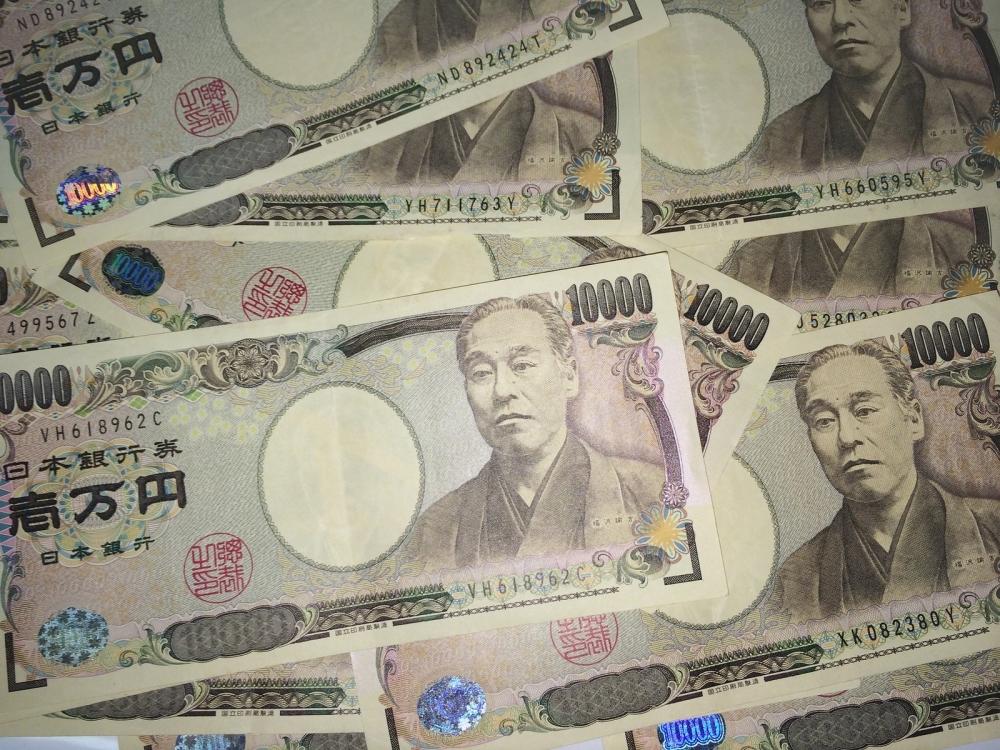BNY Mellon: BOJ Under Pressure
BNY Mellon: BOJ Under Pressure

By Neil Mellor, Senior Currency Strategist, BNY Mellon
- A competitive JPY remains integral to Japan's prosperity
- But weaker global demand is taking its toll
- Is policy inaction an option?
The Japanese government has acknowledged that its economy is entering rougher waters. The odds on the JPY falling victim to perceptions of QQE in perpetuity, which we alluded to at the start of the week, appear likely to shorten.
There can be no question that Japanese policy makers deem a competitive JPY – the ‘inadvertent’ by-product of the largest monetary blitz in history – to be integral to the country’s continued economic prosperity. One simple attestation of this point is currency chief, Masatsuga Asakawa’s pointed resistance to any US push to incorporate a currency clause in a bilateral trade agreement between the US and Japan.
Mr Asakawa’s case is predicated on the “severed” link between the JPY and Japanese exports since GFC, and there is certainly a case to be made in this respect. However, aside from the important role a weaker JPY plays in bolstering the overseas earnings of Japan’s largest corporates, the JPY’s perceived role in leveraging demand from China has been a dominant factor in guiding Japanese stocks for some time. Or at least it was until very recently.
The JPY’s performance against the CNY has produced a 72% (inverse) correlation with the Topix since the start of last year and this tightens further to 93% when seen since the start of 2019. But the two have diverged markedly in the past fortnight with the JPY’s 2.1% losses to the CNY coinciding with a 0.3% loss for the stock index.
That the two series have diverged could be explained by the publication of January trade figures on February 20. The data showed that as part of an 8.4% y/y fall in total exports- the largest fall since October 2016 – volumes to the country’s largest trading partner, China, fell by 17.4% suggesting that slowing demand has overwhelmed any price competitiveness.
A slowing Chinese economy is certainly partly to blame for the turn in Japan’s fortunes. Until recently, the BoJ conveyed a somewhat ‘rosy outlook’; but on releasing its coincident indicator yesterday – which showed a third consecutive drop – the Cabinet office conceded that the economy was “at a turning point towards a downgrade”.
Although it has been a tad stronger than initially believed, the Japanese economy has never fully rebounded from the natural disasters that blighted growth last summer, and the China slowdown has certainly made itself felt outside the export sector, with foreign demand for Japanese machinery now at a decade low.
A trade downturn only serves to exacerbate more fundamental problems: consumers remain as disinterested in spending as ever (any periodic pockets of real wage growth are as likely to bolster retirement funds); and suffice it to say that target-meeting inflation remains solely confined to aspiration, six years after the launch of Abenomics.
Sensing the shifting landscape, BoJ Governor Haruhiko Kuroda said in January that the Bank was ready to ramp up stimulus if an appreciation in the JPY disrupted the economic expansion. Clearly, not only is the government's view about a turning point persuasive, but the price action overnight has been a pointed reminder of the JPY's potential to hinder growth and inflation in Japan.
So, as we look to its next policy meeting on March 14/15, unless the BoJ is willing to gamble on the spill over from the recent stimulus plans in China, then albeit with a need to couch it in rather less explicit language, the desire to maximise exporters’ capacities to retain market share becomes all too apparent.






